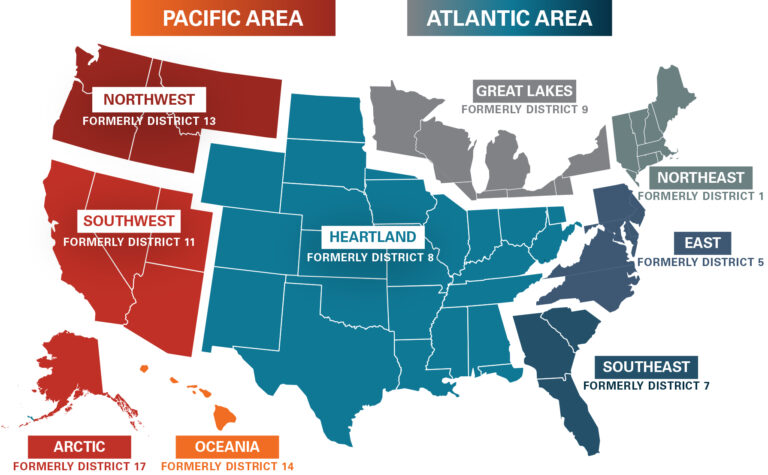
National Oceanic and Atmospheric Administration forecasters with the Climate Prediction Center are predicting a near-normal Atlantic hurricane season, which runs from June 1 to Nov. 30.
NOAA said in a statement that the forecast calls for 12 to 17 named storms with winds of 39 mph or higher. Of those, five to nine could become hurricanes (74 mph or stronger winds), including one to four major hurricanes rated at Category 3, 4 or 5 with winds of 111 mph or higher. NOOA said it has 70% confidence in these ranges.
“Thanks to the Commerce Department and NOAA’s critical investments this year in scientific and technological advancements in hurricane modeling, NOAA will be able to deliver even more accurate forecasts, helping ensure communities have the information they need to prepare for and respond to the destructive economic and ecological impacts of Atlantic hurricanes,” Secretary of Commerce Gina M. Raimondo said in the statement.
The Atlantic hurricane season is expected to be less active than recent years because of a “high potential” for El Niño to develop this summer, which can suppress Atlantic hurricane activity. However, El Niño’s influence could be offset by the potential for an above-normal west African monsoon, which produces easterly waves and seeds storms, and warmer-than-normal sea surface temperatures in the tropical Atlantic and Caribbean.
This summer, NOAA will expand its operational supercomputing system by 20%, allowing more complex forecast models. In late June, a Hurricane Analysis and Forecast System will become operational. It runs in tandem with the Hurricane Weather Research and Forecast Model System.
A Probabilistic Storm Surge model upgrade advances storm surge forecasting for the contiguous United States, Puerto Rico and the U.S. Virgin Islands. The model lets forecasters predict the likelihood of flooding scenarios to help communities prepare for high water.
Additionally, the National Hurricane Center’s Tropical Weather Outlook graphic now shows tropical cyclone formation potential seven days out. The Weather Prediction Center also is extending the Extensive Rainfall Outlook by two days.











